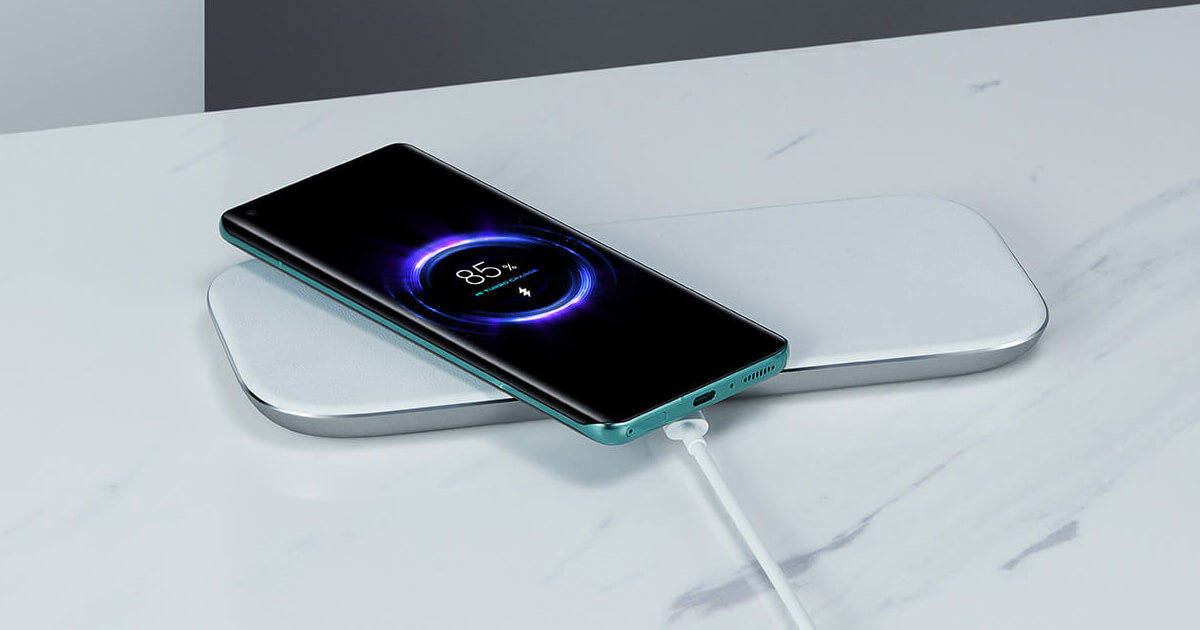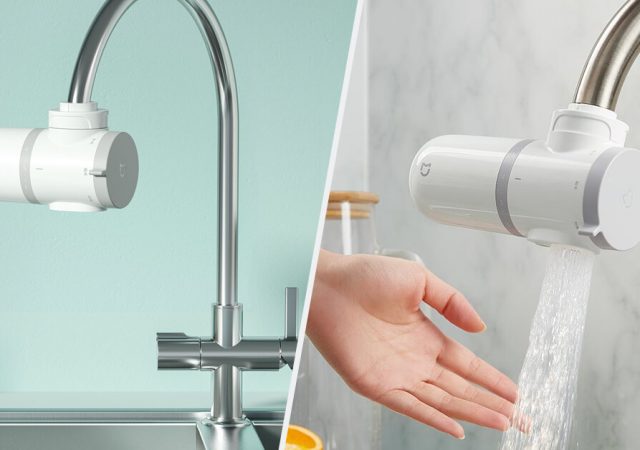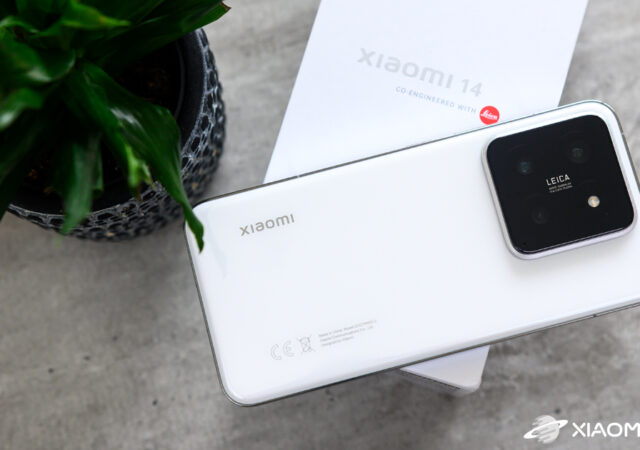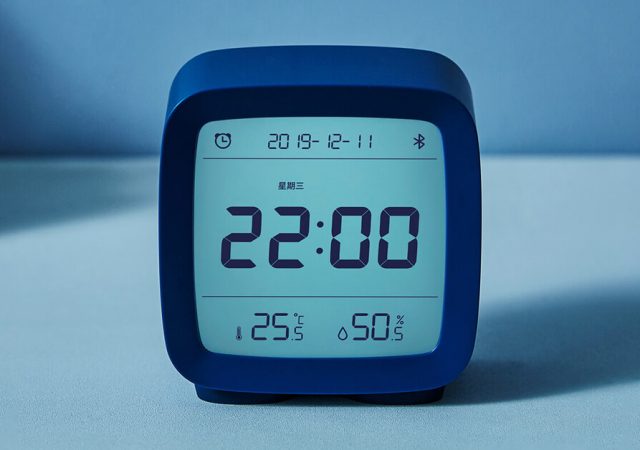Chinese manufacturer Xiaomi it is already preparing ultra-fast up to 200W charging. This charging could be included in the upcoming flagship smartphone Xiaomi Mi MIX 5. Charging should come into series production next year.
200W ultra-fast charging for Xiaomi Mi MIX 5
A few months ago, we were able to see for the first time the latest fast charging solutions from the Xiaomi brand. It is called HyperCharge and is practically a demonstration 200w cable and technology 120w wireless charging.
And it is new leaks that mention the upcoming technology Xiaomi HyperCharge production could begin as early as June 2022. Mass, serial production should also begin next year. In the same year, it should be part of the first Xiaomi smartphone.
It is also interesting that the available reports suggest that the first smartphone with support for 200W fast charging should be the upcoming flagship model. Xiaomi Mi MIX 5. This device could be launched on the market next year. However, the leak further claims that this smartphone will probably not be equipped with the announced 120W wireless charging. The value of this type of charging should be 50 W.
Charge up to 100% in just 8 minutes using wired charging and 15 minutes wirelessly! #XiaomiHyperCharge
Too good to be true? Check out the timer yourself! #InnovationForEveryone pic.twitter.com/muBTPkRchl
- Xiaomi (@Xiaomi) May 31, 2021
A report from mydrivers.com further reveals that Xiaomi has two flagship device series, the first focusing on high performance, camera and content display (Mi 10 / Mi 11), and the latter (Mi MIX) subsequently offering a kind of experimental technology. These are innovative solutions in the field of displays, materials and charging.
Is 120W charging available enough for us?
News Mi MIX 4, which was officially introduced just a few days ago, offers 120W fast cable charging in its equipment. Together with last year's Mi 10 Ultra model, which also offers 120W, it is the fastest charging available for smartphones so far.
This year's flagship My 11 Ultra however, it is already limited to 67W. Also from the point of view of this step, it is speculated that innovative, slightly experimental, ultra-fast charging will not be available until the equipment of next year's Mi MIX 5 model.
200W fast cable charging Xiaomi HyperCharge can charge a 4000 mAh battery to 50% capacity in just 3 minutes, according to available information. In addition, it only takes 8 minutes to reach full capacity. On the other hand, the currently available 120W cable charger can charge the same battery at 10% in 1 minute, at 50% in 7 minutes and at full capacity in just 15 minutes.
Do you like the upcoming ultra-fast 200W charging from Xiaomi? If you have any questions about this news, you can write to us below in the discussion below the article. Follow our new group on Facebook: Xiaomi Planet - A place for real Xiaomi fans and also our portal Xiaomi Planet and you will learn more.











Do you like the upcoming ultra-fast 200W charging from Xiaomi?
I don't like it, I don't like it at all, no matter who it is. Meaningfulness ends at 33W. Waiting for half charge 3 minutes (at 200W) or 7 minutes (at 120W) or 15 minutes (at 65W) is not something to live. How many times does a person in a situation of those 12 minutes of mortality need 50% (15 min. Vs. 3 min as the difference between 200W and 65W) in mortality? Well, in such a super-life distress (which occurs once a year in Hungary) I will charge as much as time allows, maybe it will not charge by 50% (eg from 7 to 57%), maybe only by 18% (from 7 to 25 %). It's not enough for that one life-important phone call ??? Even a phone call within 6-8 hours, even for that 25% charge.
In addition, fast 33W charging degrades the battery by about 6-7%, 65W probably by 10%, and 120W certainly even more. I'm not even going to write about the fact that 200W degrades the efficiency and available capacity of the battery by 20-25%, that is, maybe even by 1/4. How do I know that? Own experience from Xiaomi Note 10 Pro 6/128 with 5020 mAh battery and AccuBattery program. Unfortunately, it only measures currents (A, mA) and the so-called "capacity", but it is actually a unit of electricity. charge (mAh). It does not measure the charging power (W) or the charging voltage (V), only the voltage of the battery, which is for two things (we know that a fully discharged battery drops below the nominal 3,6V and a fully charged battery is often above the safe limit of 4,25V). But it shows at least the charging speed, e.g. how much % does it charge per hour In a free USB port (with a capacity of up to 2,4A) and a free USB cable, it is charged, e.g. with normal currents (between approx. 800 and 2500 mA depending on the state of charge), but mainly at standard 5V (no 7V, 9V, 12V or 20V or some super-fine 20 mV steps between what the latest standards allow). So it charges with max. 2,5A*5V = 12,5W and it drops to 0,8A*5V = 4W. Yes, we can see, it is a charging power between 12,5W and 4W. When charging in this way, the program calculates the battery capacity around 5000 mAh. Already when charging between 18W and 12W, the program starts reporting calculations after a couple of charging cycles only reporting something between 4800-4900 mAh, and the included 33W charger reduces it to 4600-4700 mAh. Simply, if it is charged with a power of 33W, it will not get more than 4600-4700 mAh into the battery, even if it is charged from 0% to 100%.
IN ADDITION, someone can want to charge permanently, let's just give it to 90% capacity and extend the life of the battery more than 2 times (then the Xiaomi Note 10 Pro from 0% to 90% marks 4500 mAh) and not bang it forever at 100% … Wono charge:
from 0% to 100% theoretically consumes 1 full charge cycle
from 0% to 99% consumes about 0,93 cycles
from 0% to 98% consumes about 0,85 cycles
from 0% to 97% consumes about 0,77 cycles
from 0% to 96% consumes about 0,70 cycles
from 0% to 95% consumes about 0,65 cycles
from 0% to 94% consumes about 0,61 cycles
…. and e.g.
from 0% to 90% consumes only about 0,45 cycles
from 0% to 80% consumes only about 0,23 cycles!
As can be seen, the dependence of VOBEC is not linear, the closer to 100%, the greater the disaster for the battery.
Each flashlight wears out with charging / discharging, it has a limited number of charges / cycles, maybe 600, 800, maybe a thousand. Li-ions do not have a memory effect and it is an incredible sin not to use it! Therefore, it is best to charge DAILY, no matter what is needed, e.g. always early in the evening it banged on a medium slow charge below 10-12W for 2-3 hours. Let it be the best, albeit from 35% to 90%. From 0% to 90%, wear is e.g. 0,45 cycles, so from 35% to 90% it will be even less.
Otherwise, everything below 5000 mAh is not much, just a look or some astonishment. MI MIX4 should have at least 6-7 Ah flashlight. Also the awkward Samsung M51 had 7000 mAh! There are also 10000-11000 mAh smarfons, namely military packaging, a third of a pound, iron three generations behind and a thickness of half a second cm, but the point remains.
The people started the fast-charging sibat. Nestacilo max. 500 mA (folded as 5x100mA) which gives a classic USB2 port or max. 900 mA (folded as 6x150mA) which gives a USB3 port (at 5V we have 2,5W and 4,5W)
It had to arrive 1A - 2A or 2,4A at 5V, ie 5W - 10W - 12W charging, and it was also maaaaaaaalo and still not enough, they had to arrive sharply to 3A and voltage not only 5V (5,2V) but also 7V, 9V, 12V and 20V (later with small 20 mV steps in between) which allowed max. 18W-25W-33W or 65W or 100W / 120W dual-parallel charging.
And as you can see, it's still small, people sibka constantly and therefore I want 200W charging and have the phone charged from 0% to 100% in 8 and 1/4 minutes, while the life and capacity of the battery is degraded by as much as 1/4 even in comparison with the cumulative effect of wear caused by 100% charging.